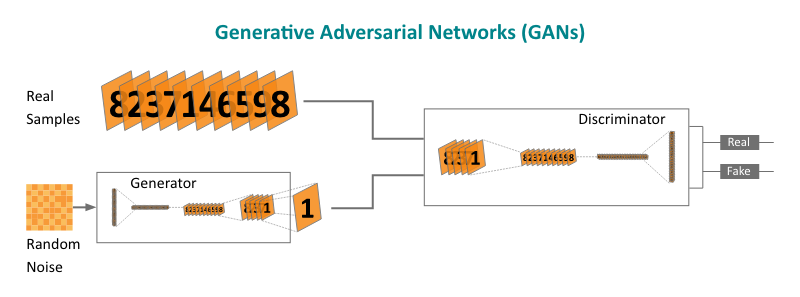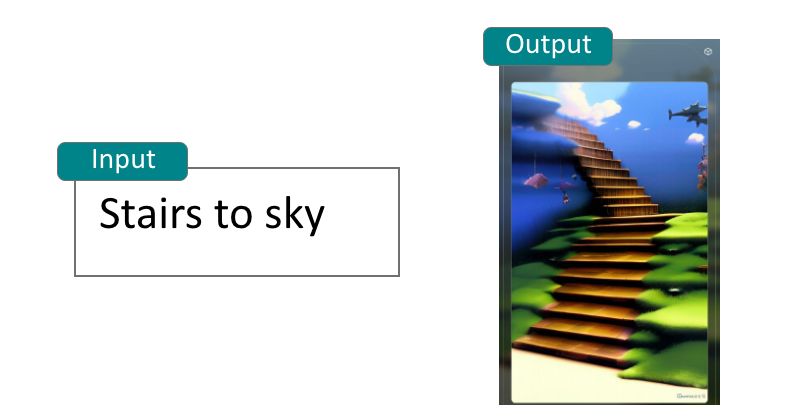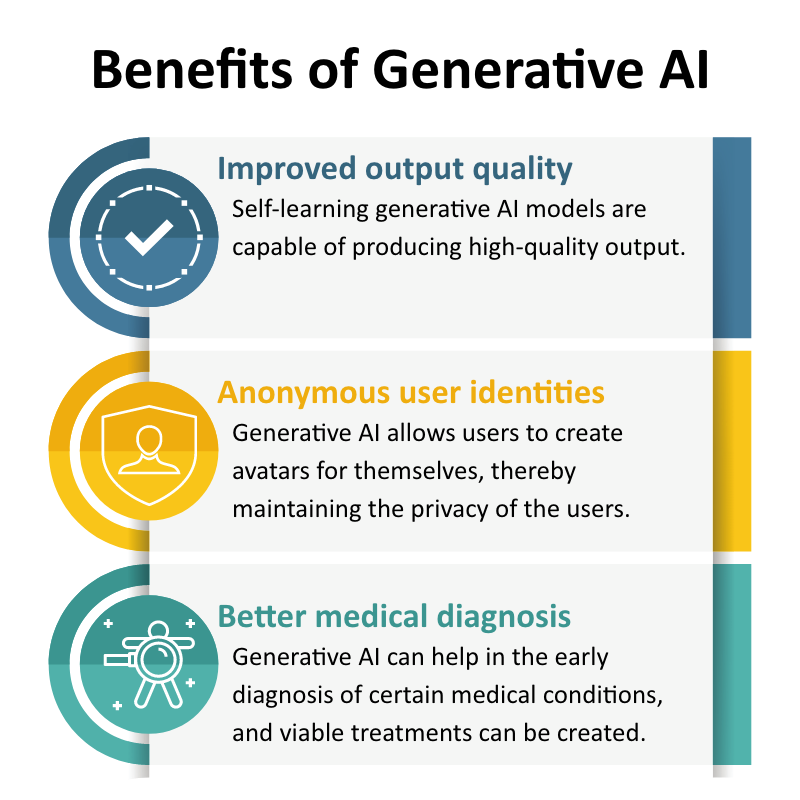
Technology has always been focused on reducing manpower and achieving the same tasks with the help of computational intelligence, or what we commonly call artificial intelligence.
The world of Artificial Intelligence has seen constant developments since its initial development in the 1950s. With each passing decade, AI has some new innovations that dictate a promising future for the industry.
AI has always been driving the fact that machines can be trained to achieve and accomplish tasks equivalent to human capabilities. The most recent and in-buzz development in the field of AI is Generative AI!
In this blog, we take a look at Generative AI.
What is Generative AI?
Artificial intelligence is basically giving computers cognitive intelligence, training them enough so that they can perform certain tasks without the need for human intervention.
Generative AI deals with texts, audio, videos, and images. The computers can build a pattern based on the given input and ‘generate’ similar texts, audio, images, and much more based on the input provided to the AI.
Input is given to the computer, in either of the mentioned forms above, and the computer generates more content.
There are various techniques to achieve this:
- Generative adversarial networks (GANs)
- Transformers
- Variational auto-encoders
Generative AI techniques
Generative Adversarial Networks (GANs)
GANs are ideally a machine learning framework that puts two neural networks against each other called a Generator and a Discriminator. A training set is given to the framework, which allows AI to generate new content. The generator generates new data according to the source data and the discriminator compares the newly generated data and the source data in order to resemble the generated data as near as possible.
Transformer
A transformer model is a neural network that tracks relations in the sequential data and understands the context and meaning of the data like words in a sentence. It measures the significance of the input data, understands the source language or image, and generates the data from massive data sets. Examples of transformers can be GPT-3 by OpenAI and LaMDA by Google.
Variational auto-encoders
As the name suggests, they automatically encode and decode the data. The encoder encodes the source data into a compressed file and the decoder decodes it to the original format. Auto-encoders are present in artificial neural networks, which encode the data. If these autoencoders are trained properly, the encoder at each iteration would compare the data with the source data, and tries to match the perfect output. The decoder then decodes the compressed data to show the output
Applications of Generative AI
Generating photographs
Generative AI can be used to produce real-looking images. These images are popularly known as deep fakes.
Search services
Generative AI can be used to give internet surfers a whole new experience. It has the capability of text-to-image conversion. It can produce deep fakes from the textual description given.
Medical undefined healthcare
Semantic image conversion: Generative AI finds a great use case in the medical field. It can be used to convert semantic images into realistic images.
Benefits of Generative AI
Future of Generative AI
Generative AI is an artificial intelligence field that is still in development and has enormous potential for a wide range of applications. Computers are able to generate content from a specific input, generate medical images, and much more.
By 2025, Generative AI will account for nearly 10% of all the data produced. And the fact that “Data is the new fuel” makes generative AI a superpower for data-intensive businesses.
Looking at the whole AI industry, the forecasted annual growth between 2020 and 2027 is estimated at around 33.3%.
Endnote
As the world is moving towards better and more advanced technology practices, it becomes crucial for companies to leverage and use the tremendous power that advanced technologies cater.
The fact that computers can now produce real-like data with the help of Generative AI shows immense potential for the future of Generative AI. The synthetically produced data can even be re-used to improve the accuracy of machine learning models.
We, at Seaflux, are AI undefined Machine Learning enthusiasts, who are helping enterprises worldwide. Have a query or want to discuss AI projects where generative AI can be leveraged? Schedule a meeting with us here, we'll be happy to talk to you.

Jay Mehta
Director of Engineering











